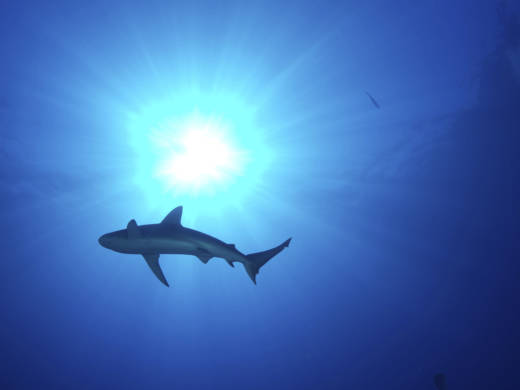If those were undone, that could leave that part of the Sonoma coast open to new oil drilling.
California has not had any new offshore oil leases allowed in federal waters since 1984. And opponents, including Senator Dianne Feinstein, have promised to fight any attempts to open up the state’s coastline to new drilling.
Zinke told reporters Thursday night that will be a long process, and a complex one, acknowledging that not all areas have oil or gas, and not all coastal communities want offshore drilling.
But Zinke said revenue from offshore leasing had dropped by $15 billion during the Obama administration, with some of that due to the dropping price of oil, “but not all of it.” He added that 94 percent of the nation’s outer continental shelf is currently off limits for development of any kind.
The oil and gas industry is enthusiastic about today’s executive order. In a statement, Jack Gerard of the American Petroleum Institute said expanding drilling in the Eastern Gulf of Mexico in particular “could create thousands of jobs and provide billions of dollars in government revenue.”
Along the Atlantic coast, though, more than 100 cities and towns have passed resolutions against offshore drilling. In Kure Beach, N.C., Mayor Emilie Swearingen said tourism is the second largest industry in the state. “We don’t want the devastation from an oil spill,” she said. “It’s not whether it would happen, but when it would happen.”
George Edwardson, president of the Inupiat Community of the Arctic Slope, said his council may consider filing suit at some point to challenge an expansion of offshore drilling. “Most of our food comes from the ocean,” he said.
Zinke told reporters the administration will not remove the “stringent environmental safeguards already in place.” He also said he was optimistic about the development of offshore wind energy.
The Obama administration’s drilling bans will remain in place for now. But even if they are eventually rolled back, there are questions about how effective the executive order will be in spurring new drilling. The price of oil is relatively low, hovering at about $50 a barrel, and offshore drilling is an expensive endeavor, especially in places like the Arctic. When asked whether the administration had been approached by any companies interested in drilling in the Arctic, Zinke said, “No.”
It’s also not clear whether the Trump administration can reverse a separate offshore drilling ban that Obama announced a month before leaving office. He used an obscure provision of the 1953 Outer Continental Shelf Lands Act to issue what he called a permanent ban on offshore drilling in large parts of the Arctic and Atlantic Oceans. Obama administration officials said at the time that the law had no provision to reverse such a ban. When asked about this, Zinke said only that “everything” is under review, and “whatever recommendation I make I’m sure we’ll have the legal authority to complete it.”
During Trump’s remarks, he stressed that the executive order “reverses the previous administration’s Arctic leasing ban.” The full text of the order has not yet been released.
The environmental group Oceana described expanding offshore drilling as a “huge, bad stupid mistake.” In a statement, the group’s Senior Vice President for U.S. Oceans Jacqueline Savitz said Trump was siding “with his oil industry allies, in a move disguised as a job creator.”
The executive order also imposes a halt on designating or expanding any National Marine Sanctuary, unless the action “includes a timely, full accounting from the Department of the Interior of any energy or mineral resource potential in the designated area.” Zinke says the administration will have 180 days to review all such designations and expansions over the past decade. He likened this to another executive order this week that directs a review of national monuments on public lands.
Last year Obama made headlines when he quadrupled the size of a marine sanctuary in Hawaii. He also created the Atlantic Ocean’s first marine monument, preserving roughly 130 miles of sea canyons and underwater mountains off New England.
Copyright 2017 NPR. To see more, visit http://www.npr.org/.
9(MDAxOTAwOTE4MDEyMTkxMDAzNjczZDljZA004))
KQED producers contributed to this story.

9(MDAxOTAwOTE4MDEyMTkxMDAzNjczZDljZA004))
